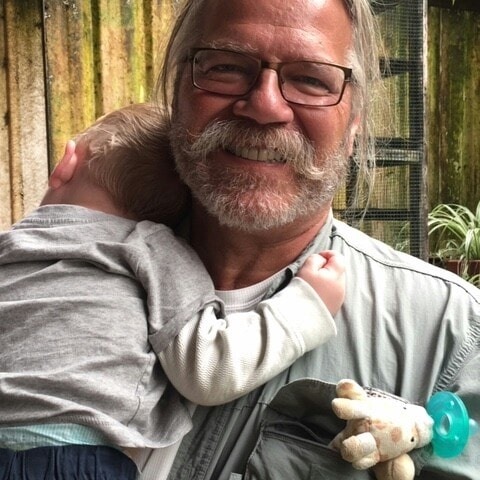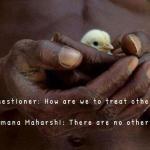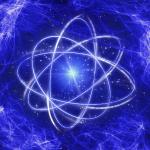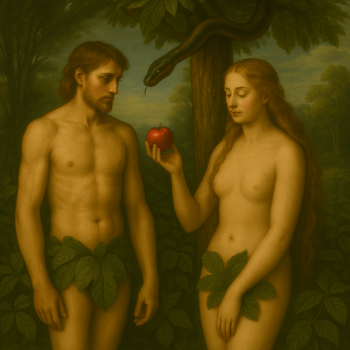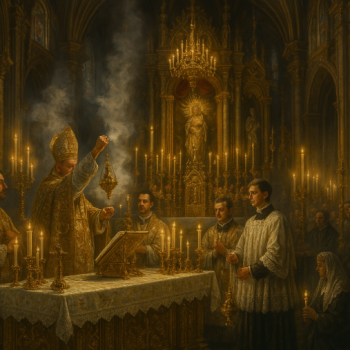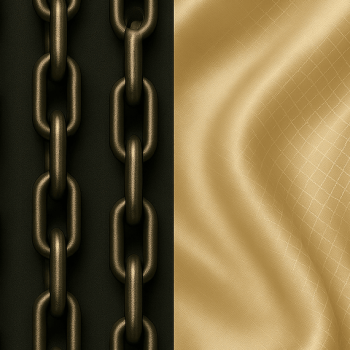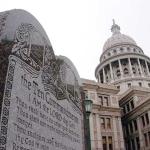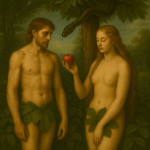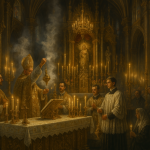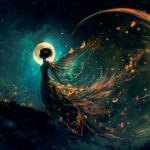We are essentially interconnected and apparently separate, too. This is a real-life paradox, “both/and,” not “either/or.”
We can make more sense of things if we can accept paradox and embrace mystery. Of course, if we want comfort, rather than clarity, then paradox can be frustrating. We can have a difficult time realizing that some answers are NOT simple, that we can NOT have all of the answers and that we can NOT trust those who claim otherwise.
I wrote about serving others here. Some readers challenged me to explain how a post called “Serving Others Can Transform Us” could suggest that “There are no others.” “This is a contradiction,” they said. “Are we interconnected, or are we separate?”
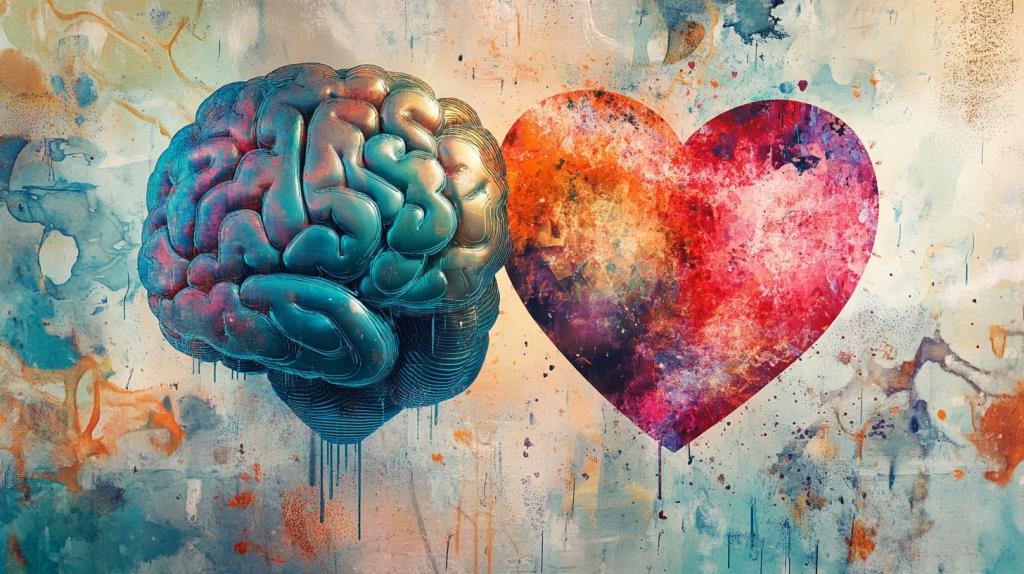
There Are Paradoxes All Around Us
There is no contradiction. The post merely repeats the paradox that is consistent in my writing. Often, I suggest that we are One, and we are many, too.
I wrote about the Absolute and the relative here. And I wrote about mystics and scientists here. I wrote about imagination and mystery here. And I wrote about paradox here.
According to Merriam-Webster, a paradox is “a seemingly absurd or self-contradictory statement or proposition that when investigated or explained may prove to be well founded or true.” Thus, we sometimes correctly perceive things as “both/and,” not “either/or.”
In The Way, I said that, “In a black-and-white Newtonian world, there is no paradox. But in a Technicolor quantum Universe, there are paradoxes all around us.” In my opinion, accepting paradox can help us to make more sense of things.
Accept Paradox and Embrace Mystery
So, the Western worldview was shaped by Newtonian thinking, not quantum Universe thinking, and we are only beginning to discover that. Scientists will correctly affirm that Newtonian thinking is NOT incorrect, but it is incomplete. Together, they are more complete.
In my opinion, contemporary Christianity has done us a disservice by pretending that our Iron Age belief system has all of the answers. Now, when our beliefs conflict with reality, do we conform our beliefs to our observations of reality, or do we conform our perceptions of reality to our beliefs?
And what are we to do with some literal interpretations of a 6,000 year old planet, a six-day creation, an Earth-centric universe, a heaven above, a hell below, global floods and talking snakes? When we concede that some Biblical language is allegorical, metaphorical or mythical, what are we to do with fantastical accounts of miracles, physical resurrections, and virgin births?
In The Way, my prescription for “Christianity 2.0” suggests that we accept paradox and embrace mystery; that we acknowledge 2,000 years of advances in history, philosophy, and science; and that we hold beliefs loosely and pursue experiences of Ultimate Reality, rather than speculations about God.
The Neuroscientist and the Pool Man
In my last post, I touted Dr. Jill Bolte Taylor’s TED Talk, where a neuroscientist describes a transcendent experience in clinical terms. Actually, I first learned of this talk in a conversation about consciousness with my pool man. (Yes, I had a conversation about consciousness with my pool man, and yes, we were standing at the deep end. Insert rim shot here.)
Imagine that you, like Dr. Taylor, could only process thoughts with your right brain, your creative, holistic, intuitive, hemisphere. Like her, you might feel a sense of benevolence, security and unity. You might see everyone and everything as essentially interconnected.
Now, imagine that you, like Dr. Taylor, would eventually recover the ability to process thoughts with your left brain, your analytical, linear, logical hemisphere. Like all of us in everyday life, you might feel a sense of agency, identity and individuality. You might see everyone and everything as apparently separated.
Neither the right brain perspective nor the left brain perspective are incorrect, but they are incomplete. Together, they are more complete. We are essentially interconnected and apparently separate, too. This is a real-life paradox, “both/and,” not “either/or.”
The One and the Many
There is nothing new about this. Before Newton, Plato wrote about the One and the many. Buddha talked about emptiness and form. And Lao Tzu talked about the Tao and the 10,000 things. Later, the modern quantum physicists studied the ancient Hindu Upanishads and noticed the parallels between Eastern mysticism and the new physics.
Likewise, many sayings in the non-canonical Gospel of Thomas and several sayings in the canonical Gospels seemingly suggest a quantum or unitive understanding. Jesus lived in the Middle East, at the confluence of the Eastern and Western worlds. He was never as Western or as Newtonian or as left-brained or as individualistic as many of his followers.
Sometimes, we can make more sense of things if we can accept paradox and embrace mystery.
If you want to keep up with the latest from You Might Be Right, please subscribe.
The Way received a 2024 Nautilus Book Award.
If you enjoyed this article, please leave a comment at the bottom of this page.
Thanks for reading You Might Be Right!!


